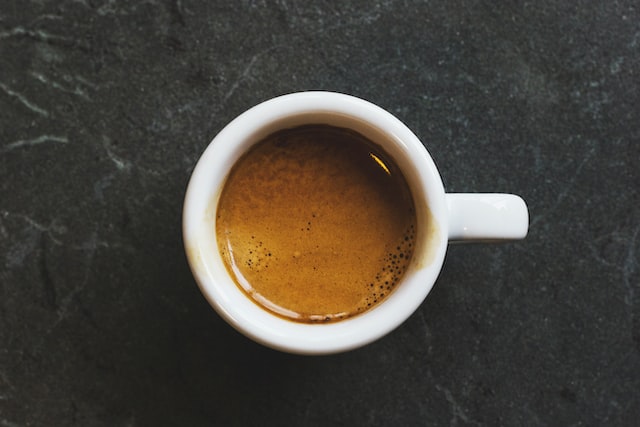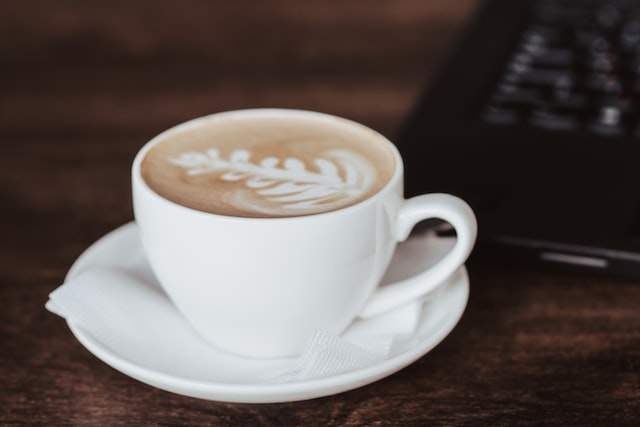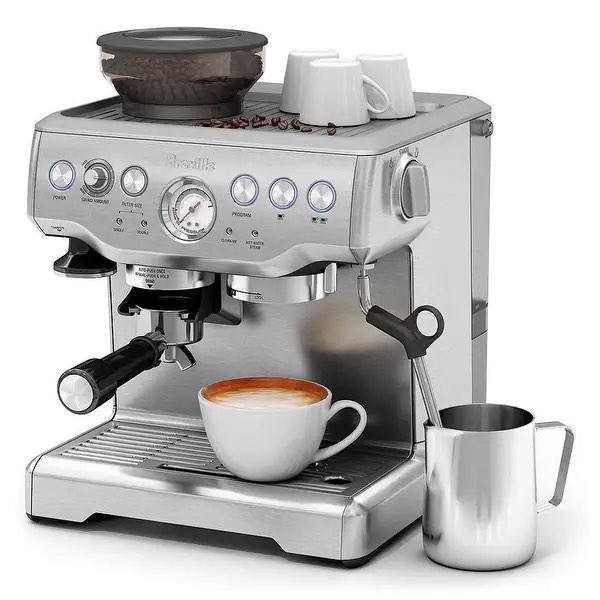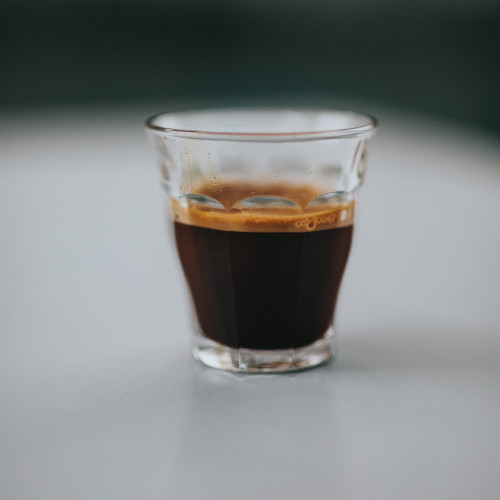If you’re ready to take your coffee-drinking adventures to the next level but are unfamiliar with the lingo, you might well be wondering: what’s the difference between cappuccino and espresso?
These two tasty forms of the world’s favorite beverage are equally iconic but unmistakably distinct. One comes in a larger cup and is crafted for slow enjoyment, while the other is small in stature and often gulped down in a hurry.
But what are the other differences between the cappuccino and the espresso and how can you know which one is right for you? Read on as we take a deep dive into these two coffee drinks.
What’s the Difference Between Cappuccino and Espresso?
When we think about the cappuccino vs espresso comparison, it would be easy to imagine that the two are in direct competition, but this isn’t really the case. Instead, for coffee enthusiasts they serve quite different purposes, and in fact, one builds directly upon the other.
You see, the first and most vital ingredient of an excellent cappuccino is an equally fine espresso. The vast majority of barista-made beverages start with espresso.
An espresso is simply a shot of coffee. Whereas a cappuccino is an espresso combined with steamed milk and foamed milk in three equal portions.
Those who enjoy the punchy and decadent flavor of coffee in its purest form will be huge fans of espresso. And they may also enjoy savoring a cappuccino with a friend from time to time.
However, anyone who finds a deep dark shot of espresso too much for their palette may still find absolute delight in the creamy and lightly chocolatey medley that makes a cappuccino.
With that in mind. Let’s explore exactly how these two drinks are made.
What is Espresso?
Espresso is unmistakable; a smooth-tasting and darkly hued short drink, or “shot”, that is coffee at its purest.

The espresso is made possible by rapidly forcing hot water through firmly packed coffee grounds at very high pressure. The result is a near-black beverage that ideally features a creamy-looking “crema” on the top. This tempting layer of caramel-colored foam is nothing to do with dairy, but rather is created when the natural oils within the roasted and ground coffee beans are emulsified.
A critical element of creating the perfect espresso is how quickly it is drawn from the beans, and 27 seconds is widely considered the perfect duration.
A regular espresso shot is usually around 1oz or 30ml in size. However, as only coffee connoisseurs tend to know, when espresso is drawn to other volumes its name actually changes. A longer espresso is known as a doppio or lungo, while a shorter, stronger cup is described as a ristretto.
What is Cappuccino?
How exactly is a cappuccino made? Well, the first step is just as we described above, because every cappuccino begins with a freshly-drawn espresso.

Next, the espresso shot is added to a larger cup—usually 6oz in size but sometimes larger.
The creation of this drink requires a high-pressure foaming wand, which is used not only to heat the milk but also—with quite some skill—to transform some of that milk into a thick and indulgent foam.
To create the classic cappuccino, the espresso is topped in equal parts with steamed milk and then frothed milk.
Although this beverage is rarely served in a glass, if it were, you would see three distinct stripes in profile.
Finally, completing the masterpiece, a dash of powdered chocolate is sprinkled on top of the steamed milk. The result is a rich but creamy beverage that is enjoyed around the world at all times of the day, even though many Italians insist it is a morning drink!
As with the espresso, there are variants of the cappuccino and vocabulary to describe them. When a cappuccino is described as dry, it has a higher foam-to-milk ratio, and when it is bone-dry it has only foam and no straight milk at all.
Cappuccino vs Espresso Machines
If you’d like to be able to make these two drinks at home, you’re probably wondering what the difference is between cappuccino and espresso machines.
Simply put, every espresso machine can make espresso, but only those with a frothing wand can be used to make cappuccino.

Our Pick: BES870XL
Brew like a professional with Breville Barista Express Espresso Machine BES870XL
Usually, seeking out a machine with a frothing wand doesn’t cost much more, but its presence is essential if you want to be able to enjoy a cappuccino in the comfort of your own home.
FAQ – Cappuccino vs Espresso
An espresso is simply a shot of coffee. Whereas a cappuccino is an espresso combined with steamed milk and foamed milk in three equal portions. This creates a stronger coffee taste in the espresso.
A cappuccino is an espresso combined with steamed milk and foamed milk in three equal portions.
You can do a cappuccino with 2 shots of espresso. By default, a cappuccino should only be 1 shot of espresso.
In it’s original setup, there’s only 1 shot of espresso in a cappuccino. However, it’s not uncommon for customers who enjoy cappuccino to have double shots of espresso in their cappuccino. This is especially true if the cappuccino is flavoured.

I’m Joel, an espresso-loving coffee nerd. I got into coffee because I spent a lot of time in Milan as a kid and started liking coffee waaaay too young. I’m all about making sure espresso is treated with the same care as any other coffee – it’s not just a quick drink!


Leave a Reply